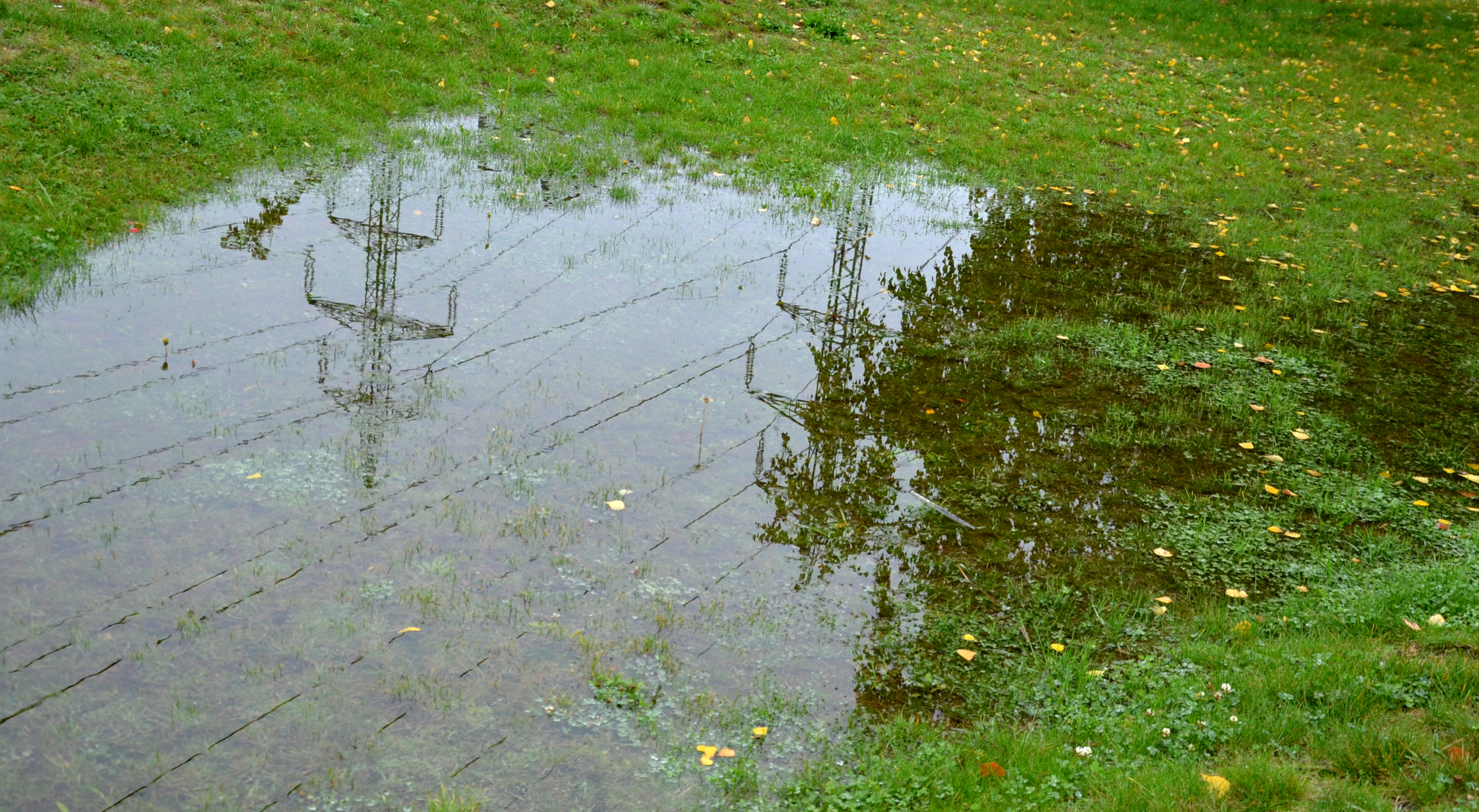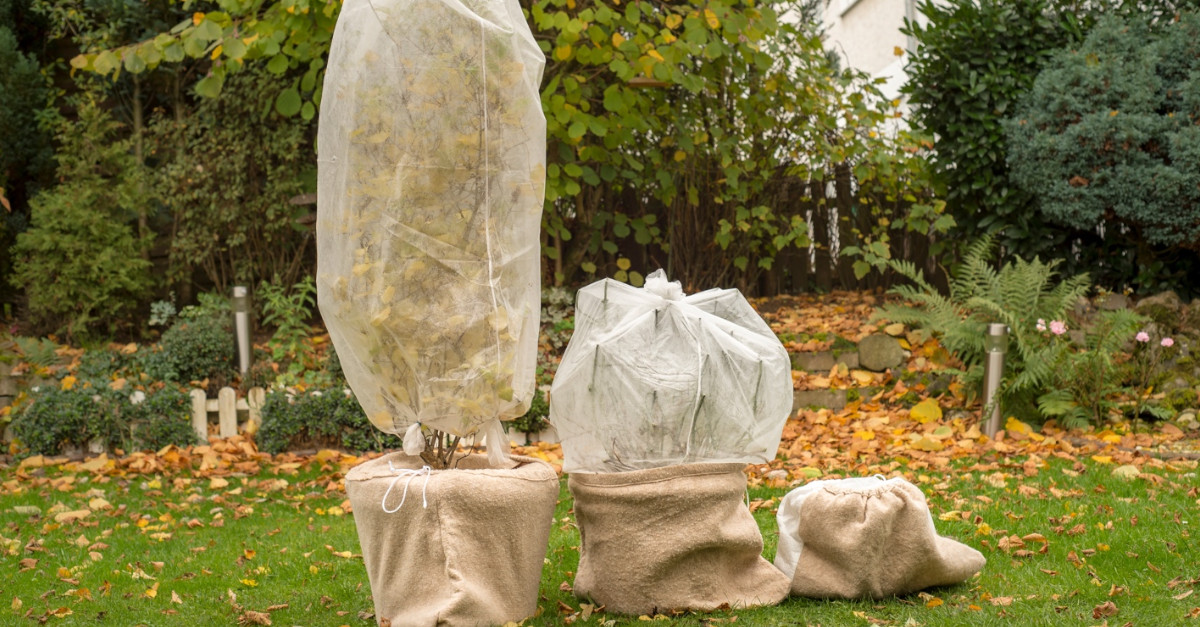Can Trees Help With Yard Drainage? Yes, And Here’s How!
With summer showers out in full force (and another strong hurricane season upon us), you may be dealing with muddy yards, pooling water, flooding, or other drainage issues. Did you know trees can be a part of the solution?
Here’s how saplings (and stronger stands) can help soak up the sop.
Fighting Flooding
Thanks to their penetrative roots (both large and small), trees create pockets (or “macropores”) in the soil around and underneath them. This means more water travels more deeply into the ground rather than contributing to flooding by simply streaming over the surface. According to the Institute of Chartered Foresters, “In compacted soils, tree roots have been shown to improve infiltration by 153% compared with unplanted controls.”
Even though just one tree can make a measurable difference, be mindful about what you’re planting. The Michigan State University Extension indicates that several trees popular in the Southeast may not withstand heavy flooding as well as others. Their complete list of trees in this category entails:
- Sugar maple (Acer saccharum)
- Yellow buckeye (Aesculus flava)
- Shagbark hickory (Carya ovata)
- Eastern redbud (Cercis canadensis)
- Flowering dogwood (Cornus florida)
- American beech (Fagus grandifolia)
- Kentucky coffeetree (Gymnocladus dioicus)
- Eastern red cedar (Juniperus virginiana)
- Junipers (Juniperus spp.)
- Black walnut (Juglans nigra)
- Tulip poplar (Liriodendron tulipifera)
- Pines (Pinus spp.)
- Red oak (Quercus rubra)
- White oak (Quercus alba)
- Sassafras (Sassafras albidum)
- American basswood (Tilia americana)
Relegating Runoff
Because urban areas have more “impenetrable” ground cover (such as highways, parking lots, and building complexes) they can be more prone to damaging floods. While a well-kept infrastructure of gutters, drains and sewer pipes is designed to move water to local streams, rivers, or lakes, heavy rain can overwhelm these systems.
“Trees in urban areas can reduce these sudden waves . . . giving time for more water to infiltrate soils. This mitigates heavy rainfall by essentially spreading out the rain event, resulting in less and slower runoff,” Trees for Energy Conservation explains.
Groups like Trees Atlanta are making efforts to not only plant more trees around the city, but to ensure the health of existing forests by removing invasive species and planting those that are more natively suited to the area and climate.
Damage-Controlling Droplets
Campaigns officer at 10:10 Climate Action, Emma Kemp, explained to the The Ecologist that “leaves intercept rainfall, slowing the rate that water flows into rivers and reducing the risk it’ll burst its banks.” As these drops trickle down the tree’s branches and trunk, some of that water also gets absorbed by the bark.
Inevitably, a measurable amount of rainwater also remains on each leaf. “[A]nd when the sun comes out, that water evaporates without ever reaching the ground,” Beth Botts, staff writer for The Morton Arboretum told The Chicago Tribune.
So from the very tops to their deepest depths, trees protect us from water damage in multiple ways. It’s why you’ll want to take good care of them during storm season — and why we want to help. Our specialists can also offer consultation on where else you might plant a few additional trees to improve water management. To discuss these options and more, call us at 404.252.6448 or reach out to us online.










